May 15, 2025 | 19:57 GMT +7
May 15, 2025 | 19:57 GMT +7
Hotline: 0913.378.918
May 15, 2025 | 19:57 GMT +7
Hotline: 0913.378.918
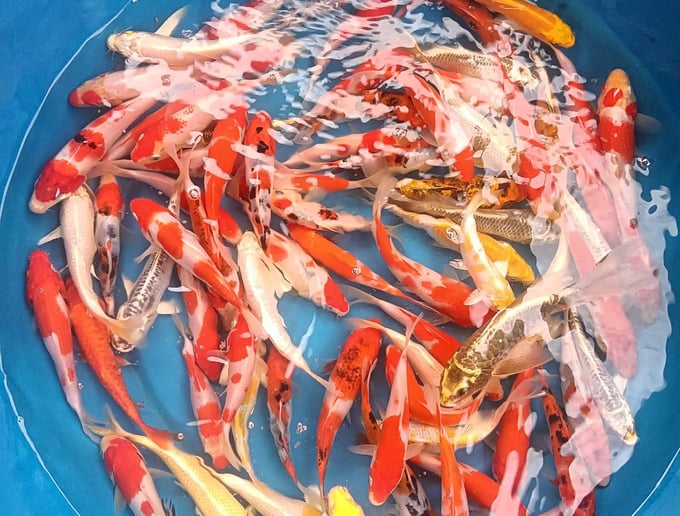
Koi fish are raised by some households to sell to those who fancy the beautiful fish. Photo: H.D.
Pham Quang Thang’s family in Phu Nhuan commune (Bao Thang district) is one of the few households who can nurture Koi fish breeds to sell to enthusiasts enjoying decorative fish. The Koi fish of his family in the pond comes in all sizes and colors, from fingerlings to mature ones weighing up to a few kilograms.
"Koi fish is as easy to raise as carp for meat. Almost everyone can get this type of fish as a decorative pet, suitable for many different economic conditions. Only restaurants and coffee shops have the need to drop a large quantity into their pond, from 500 kg to 1 ton of fish,” said Pham Quang Thang.
Koi fish currently have a wide range of prices, depending on how pure the breed is. Thang currently sells the small-sized Koi fish for VND 10,000/head. Larger ones at the size of 2 to 3 fingers cost VND 20,000 - 30,000/head.
The demand for Koi fish farming is on the rise among the people of Lai Cai. Some people just raise Koi fish in small landscape tanks or mini lakes indoors. Compared to farming in ponds, fish in households using circulating filtration systems should be secured in terms of hygiene and disease avoidance.
Apart from the advantages, Thang also mentions a crucial lesson from experience. If not taken care of properly, Koi fish can still be infected with fungi during the cold season and need treatment so as not to spread the whole herd. Thang raises and takes care of Koi fish like normal carp, giving them the same feed and medicine but when sold Koi fish can be many times more profitable than commercial carp.
"When calculating prices for familiar customers, Koi fish under 1 kg costs VND 250,000. Koi fish, starting with a size as big as a finger, can weigh up to 1 kg only after 1 year for feeding, while 1 kg of normal carp only sells for VND 38,000 - 40,000/kg,” Thang said.
Thang can even breed for pairs of biological parents, but the current Koi fish seed is cheap, so he deems the purchase of embryo fish as more beneficial, and he can choose fish with beautiful colors. On the other hand, trying to propagate by himself means the rate of choice is low, only 1/10 of the 10,000 fish turns out well, ie 1,000 beautiful fish, and the rest is considered to be abandoned.
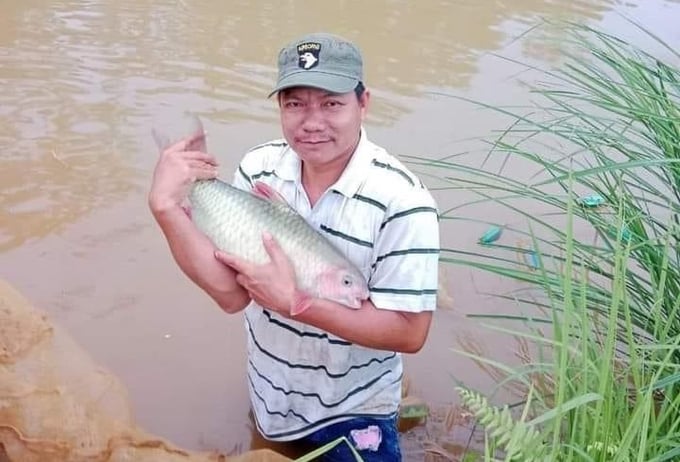
Pham Quang Thang has a lot of experience in raising carp and fish, now he suddenly produces Koi fish to sell and earn a fortune. Photo: H.D.
Facing the demand for Koi fish, Bao Thang - Van Ban Agricultural Research and Production Camp, a unit under Lao Cai Agricultural Seed Center, has also experimented and researched the production of Koi fish.
The problem is that Koi fish production requires specific techniques, caring, and disease prevention methods. Marketing to buyers is also very important. Only by solving the issue of output can the breed production model become efficient. The research and production camp keeps its focus on breeding carp for sale.
According to Do Thanh Luan, Head of Bao Thang - Van Ban Agricultural Seed Research and Production Camp, Koi fish is a type of carp so it can be infected with external parasites, hemorrhagic virus, or gill fungus. Therefore, before raising them in a tank, people need to prevent diseases by periodically bathing the fish with antiseptic to avoid parasites and fungi.
“Some products containing iodine and bronopol can be used to treat fungus and parasites or to feed the fish periodically during the month of internal and external parasite treatment. As for fungal and hemorrhagic diseases, there are antibiotics specifically for Koi fish. Prevention and early detection of diseases will help treat diseases in fish more effectively,” said Do Thanh Luan.
Koi fish are valuable but not difficult to raise. When fish are raised indoors, the water is usually treated by a circulating filtration system. There are cases of the filter not working or power failure causing the fish to lack oxygen and die, so breeders need to take extra caution. Since they are decorative fish, sometimes the fish are overfed, and poor circulation filtration leads to an unsafe water environment for the fish to live.
Translated by Samuel Pham
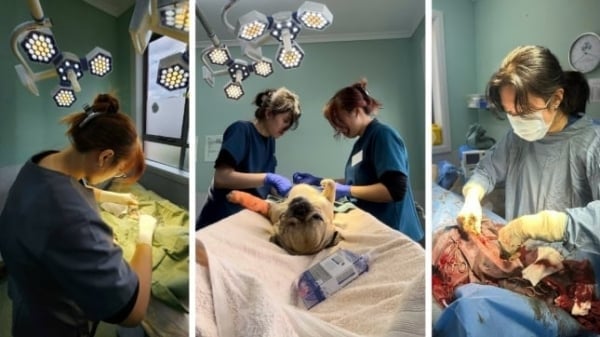
(VAN) Veterinary training should focus on quality, not just quantity. Veterinarians also need more options to pursue specialized training.
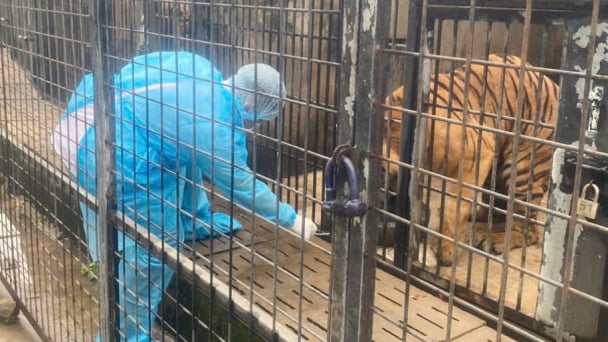
(VAN) The veterinary industry needs to be viewed objectively and further invested in to properly demonstrate its role and importance in the new context.

(VAN) The number of veterinarians graduating each year is not enough to meet actual needs, hence a difficult problem for the growing livestock industry.
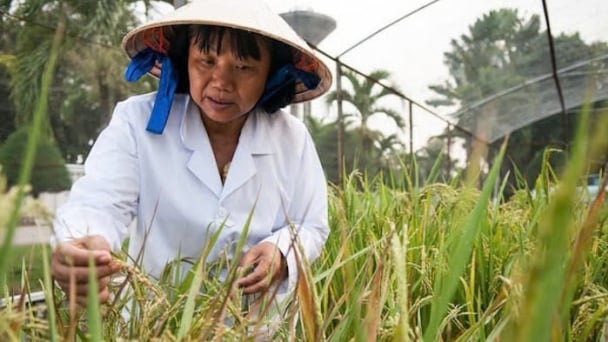
(VAN) The strategic partnership between Cambodia, the Philippines, Vietnam, and CGIAR ensures that innovative solutions effectively address national priorities for food system development.
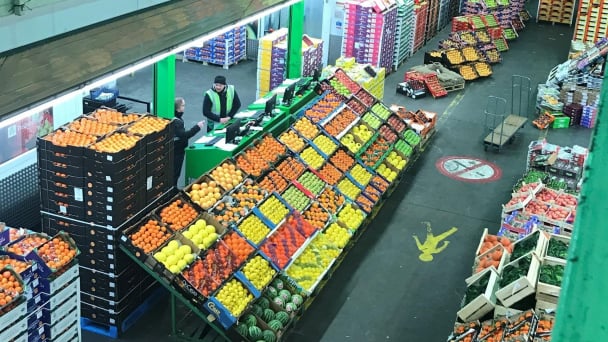
(VAN) This was affirmed by the UK Minister of State at the Department for Environment, Food and Rural Affairs during a working session with Deputy Minister Tran Thanh Nam on May 13.
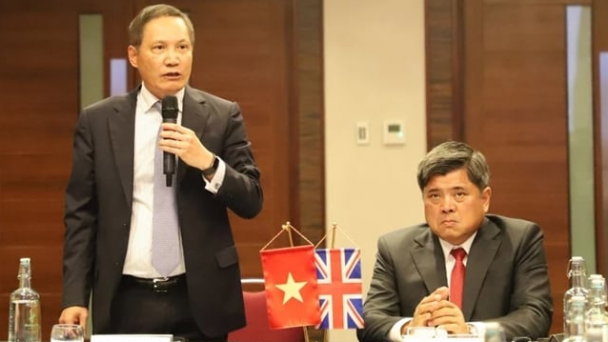
(VAN) On May 13, the Ministry of Agriculture and Environment, in coordination with the Embassy of Vietnam in the United Kingdom, organized a seminar titled 'Connecting trade in Vietnam-UK agricultural, forestry, and fishery products'.
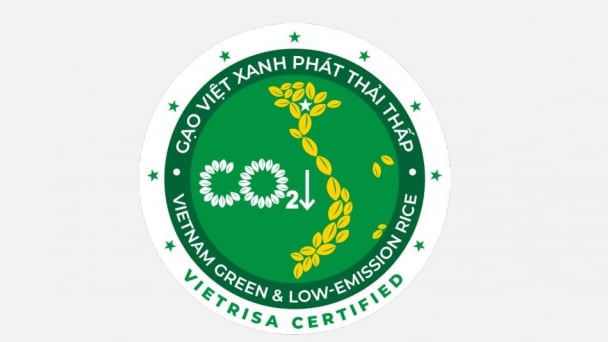
(VAN) The launch of the Vietnam green and low-emission rice brand is a positive signal for both businesses and farmers, marking readiness to reach new heights in the global market.